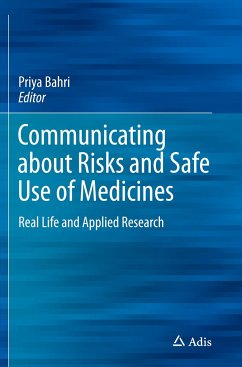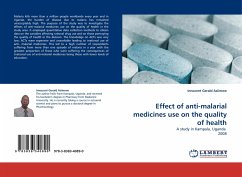At the core of this book lies the question how to approach medicines, risks and communication as a researcher - or anybody planning and evaluating a communication intervention, or wanting to understand communication events in private and the media. With a view to tackle current shortcomings of communication systems and processes for improved implementation, patient satisfaction and health outcomes, a multilayered approach is presented. This combines multiple data types and methods to obtain a wider and deeper understanding of the major parties and their interactions, as well as the healthcare, social and political contexts of information flows, how they interfere and which impact they have. Illustrated with real life experiences of safety concerns with medicines, worldwide active experts discuss the methods and contributions their disciplines can offer. With considerations on terminologies, tabulated overviews on communication types and outcomes, a patient-centred vision and plain language for non-medical readers, the book creates a platform for multidisciplinary collaborations amongst researchers as well as practitioners from communications, healthcare, the social sciences and pharmacovigilance. Importantly, it advocates for an active role of patients and highlights the achievements and aspirations of patient organisations. Finally, the book suggests establishing an inclusive discipline of humanities and epidemiology of medicinal product risk communication to realise full research potential. The authors are driven by the curiosity for communication as the most human behaviour, and as good health is amongst the basic human needs, medicinal product risk communication is an exciting research field of high global relevance.








